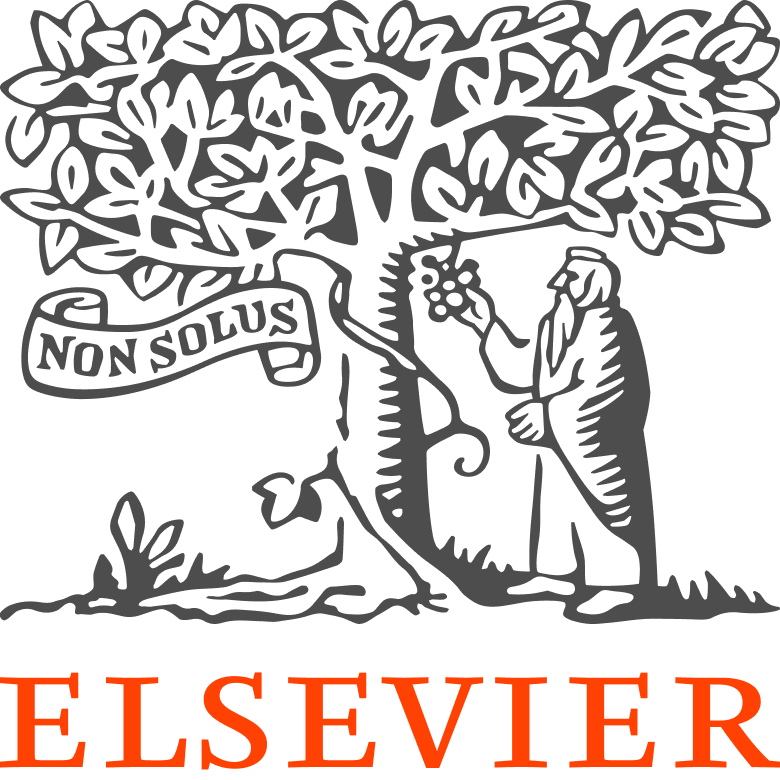How Can We Help?
Digital Object IdentifiersDigital Object Identifiers
About DOIs
A Digital Object Identifier (DOI) is a number used to identify an electronic journal article or other online intellectual property. Because DOIs remain stable even if an article’s host publication changes platforms, names, or publishers, they provide permanent and reliable links for citation, sharing, and discovery. When properly implemented in citations and references, DOIs can provide readers and researchers instant access to the sources they’re looking for.
DOIs are designated and administered by the CrossRef organization, which is operated by the independent, nonprofit Publishers International Linking Association (PILA). Since their first implementation in 1999, DOIs have quickly become the backbone of CrossRef’s mandate to provide a “digital switchboard” that links all scholarly information in electronic form. Implementing DOIs for your journals and other online publications is an effective and respected way to increase access and exposure.
Citing with DOIs
In order for the digital switchboard to work, DOIs in URL format need to be included in citations and references. In fact, CrossRef requires journals that use DOIs for their own articles to include DOIs in their footnotes and bibliographies. This requirement applies only to content published after the publisher or journal has joined CrossRef. Below are common examples.
Chicago Manual of Style:
Kossinets, Gueorgi, and Duncan J. Watts. “Origins of Homophily in an Evolving Social Network.” American Journal of Sociology 115 (2009): 405–50. Accessed February 28, 2010. https://doi.org/10.1086/599247.
APA Style:
Wooldridge, M.B., & Shapka, J. (2012). Playing with technology: Mother-toddler interaction scores lower during play with electronic toys. Journal of Applied Developmental Psychology, 33(5), 211-218. https://doi.org/10.1016/j.appdev.2012.05.005
Note that the full URL, not simply the digits of the DOI, should be included in the reference. Most style guides now recommend inclusion of DOIs in citations wherever they’re available, and authors should be instructed to follow this recommendation. If your journal is a member of CrossRef, then by extension, authors are members as well. Ultimately, however, it is the editors’ responsibility to ensure that DOIs are included in references and citations to any article that has a DOI. Fortunately, CrossRef provides strong tools to help authors and editors to meet these requirements.
Adding DOIs to Journals in Digital Commons
If a Digital Commons journal would like to include DOIs with its content, please ask your consultant about the latest options.
Resources
CrossRef offers a wealth of information and technical resources on DOIs. We particularly recommend the following:
- See the CrossRef DOI Display Guidelines (https://www.crossref.org/display-guidelines/) for more details, examples, and instructions on displaying your own content’s DOIs and citing DOIs in your footnotes and references
- The Simple Text Query Form retrieves DOIs for single bibliographic entries or a complete reference list: https://doi.crossref.org/simpleTextQuery
Resource for transforming Digital Commons XML to Crossref XML:
- Mortimore, Jeffrey M., “XSL File for Transformation of bepress Digital Commons Issue-Level Journal XML to Crossref 4.4.2 XML” (2020). Faculty Datasets. 7. https://digitalcommons.georgiasouthern.edu/data/7)
 Digital Commons Help Center
Digital Commons Help Center